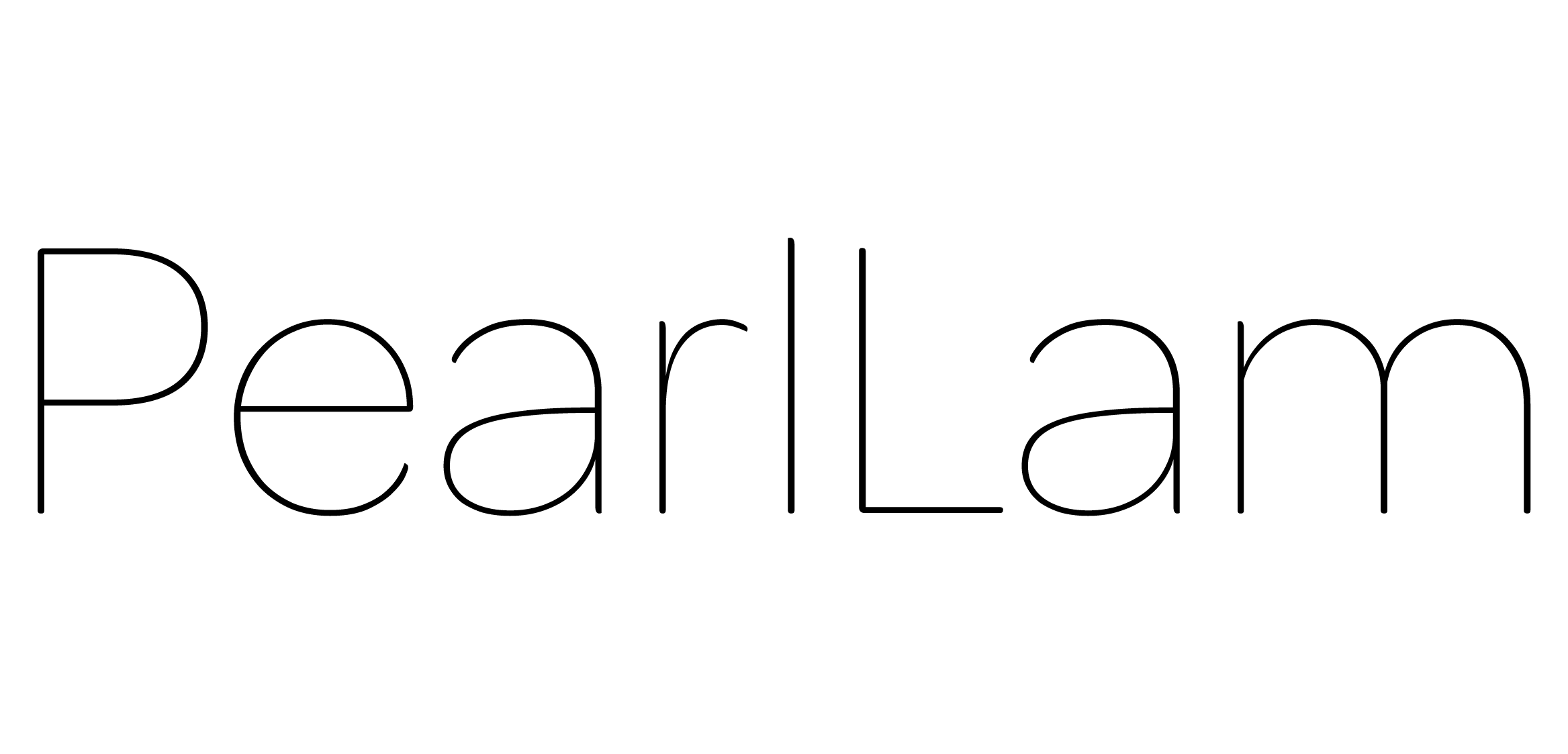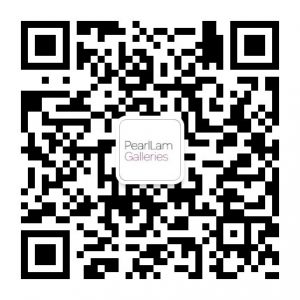Art Fair Tokyo 2023
About the fair
9 March–12 March, 2023
Tokyo International Forum Hall E & Lobby Gallery, 3-Chome-5-1 Marunouchi Chiyoda-ku, Tokyo, Japan
Booth S037
Tokyo—Pearl Lam Galleries is delighted to announce its first participation in Art Fair Tokyo, the largest art fair in Japan. On view is a selection of artworks by artists from the gallery stable to showcase the breadth of the gallery’s aesthetics. Exhibiting artists from different cultural backgrounds include A.A. Murakami, aka Studio Swine (est. 2011), CALALAN (b. 1977, China), Mr Doodle (b. 1994, UK), Leonardo Drew (b. 1961, USA), Isshaq Ismail (b. 1989, Ghana), Zanele Muholi (b. 1972, South Africa), Gatot Pujiarto (b. 1970, Indonesia), Su Xiaobai (b. 1949, China), and Zhu Peihong (b. 1987, China).
A.A. Murakami are the artists behind Studio Swine (Super Wide Interdisciplinary New Explorers). Cell 3 is a free-standing sculpture made with foamed aluminium that has been injected with a gassing agent when molten. By bridging the visual elements of the rugged landscape with the language of domestic design, this minimalist object addresses the tension between the power of nature and our desire for its permanence.
By using comprehensive media, Gene No. 4 by CALALAN (Lan Yi) shines in the darkness. He intends to bring light into all his artwork, which is highly recognisable for fusing flavours from the East with contemporary and timely global trends. His three main creative trajectories are creatures, life, and ecology. Crawling lines, fluorescence, and body tissue are his signature bases for creation.
Mr Doodle (Sam) and artist Shem worked together in Sam’s studio to create the artwork Day. It’s made up of bright, colourful individual images, all placed next to each other like a giant sketchbook page, which blends together the two artist’s styles. Mr Doodle states, “Working with Shem is always fun, he works in a way that often looks very different to my work, but when we approach the same canvas the visual languages have a conversation that really makes sense.”
Leonardo Drew utilises raw, found, and recycled materials often monochromatically painted and meticulously composed to examine the causalities of urban life and human fate. Number 23C!reflects on the universality of existence and the interconnectivity of all beings to one another through a combination of the visceral qualities of the materials to mirror the organic reality of existence and reveal the resonance of life and humanity.
Describing his portraits as “infantile semi-abstraction”, Isshaq Ismail’s artistic practice aims to reduce the human figure to its most basic characteristics. Thick patches of bold colours dominate the surface of the canvas. Land of Hope questions the audience’s expectation of figurative depiction and instead creates the impression of a parallel world peopled with grotesque creatures both similar to human beings but different in appearance.
Zanele Muholi is a visual activist. Presented as a photographic archive is a collection of self-portraits from the Somnyama Ngonyama (Hail the Dark Lioness) series that the artist has been working on since 2012. These autobiographic and highly personal portraits express, in Muholi’s own words, “the journey, self-image, and possibilities of a black person in today’s global society”.
Being an outsider of mainstream art, Gatot Pujiarto works in an intuitive manner and bases his practice mostly on personal reflections on the happenings around him or from his memories, dreams, and emotions that deeply haunt his mind. He adds texture by pasting, patching, layering, tearing, binding, and creating patterns with fabric. Menjadi Arang/Become Charcoal is infused with what he describes as “the wild and chaotic circumstances of the inner mind”.
Su Xiaobai has developed a sensuous yet rigorous art that defies classification, and yet its own chosen medium, lacquer, is steeped in Chinese history. Focusing on the colour, shape, and texture of his works. Su’s arresting and compelling art engages both with the language of Western abstract art and with the traditions of Chinese philosophy including the Buddhist Sutra. On view is Advocating Peace No. 2 where subtle changes in the layers and textures aid in emanating a calm and mysterious atmosphere.
Zhu Peihong was born in Shanghai in 1987. His work is inspired by his visual memory of the city of Shanghai. Crystal 2018-5 focuses on dots, lines, and colour patches with the strokes overlapping and covering each other. The paint slowly drips and spreads, solidifies, and stops, repeatedly until these fragmented traces, reaching an internal order, organically connect with each other and construct the conscious cyberspace perceived by the artist’s mind like a mental landscape of a utopia in between reality and virtuality.



